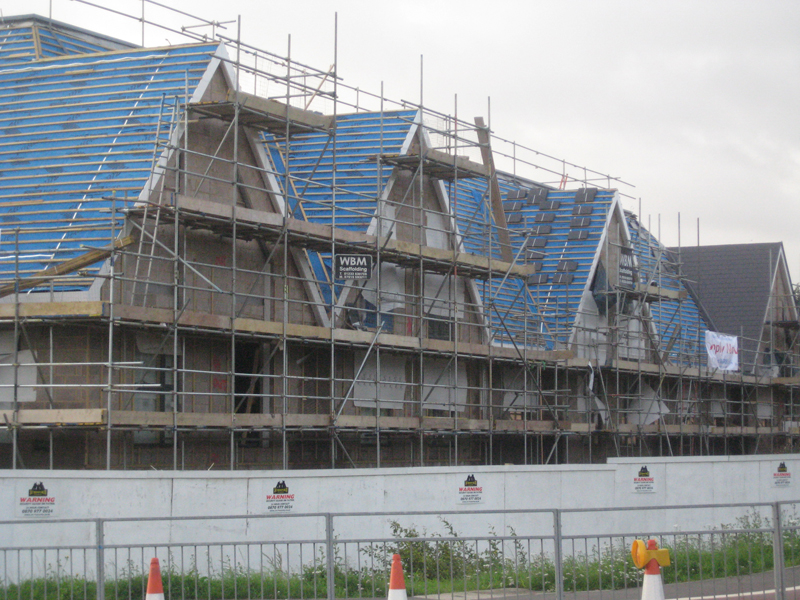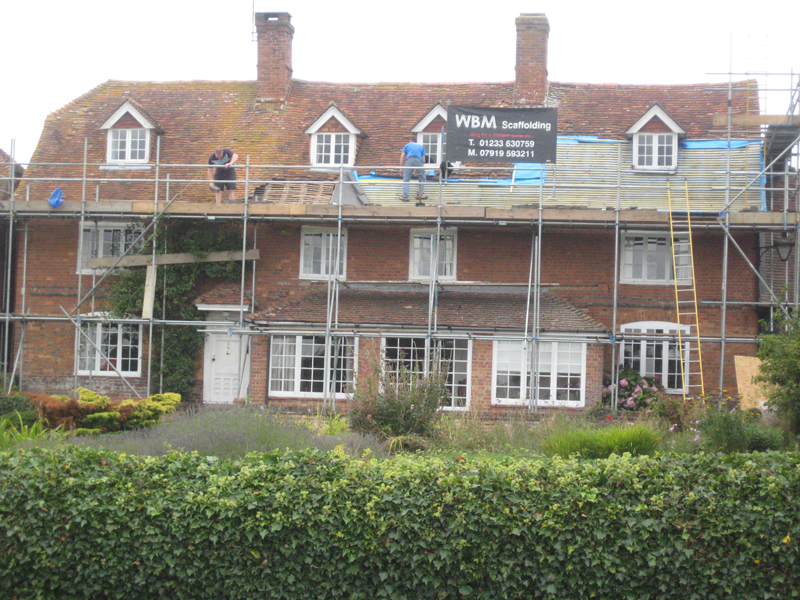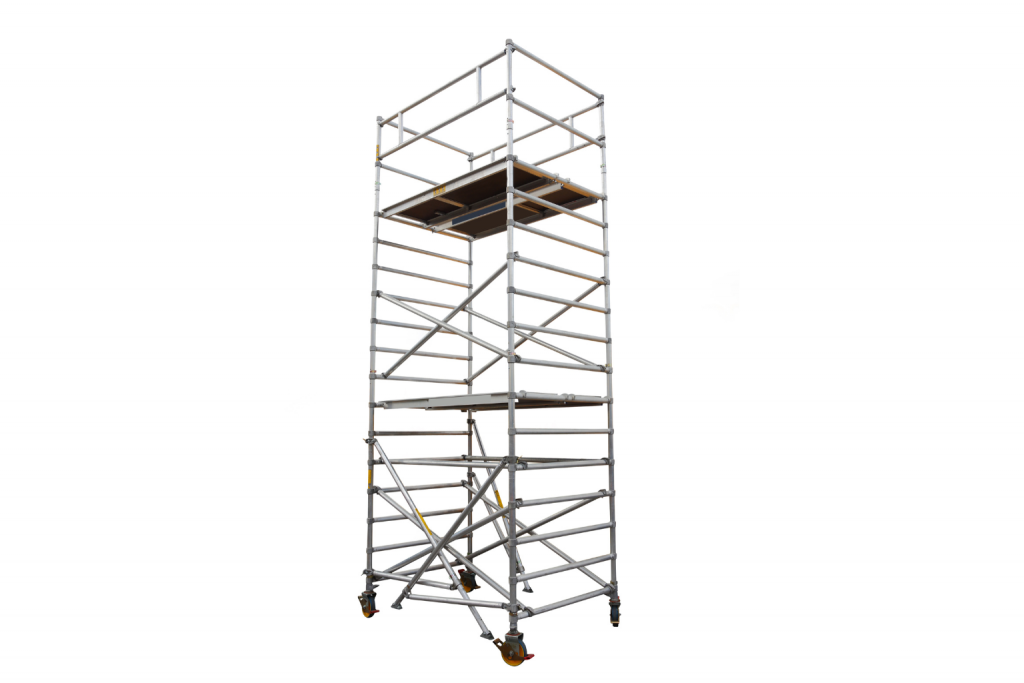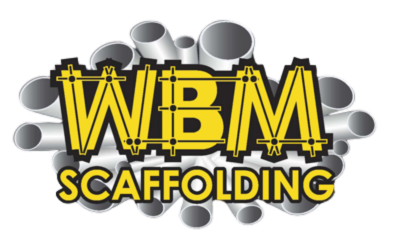Scaffolding is essential to most construction, renovation, and maintenance projects. But did you know that there are several different types of scaffolding — each designed for specific tasks, structures, and environments…
Whether you’re a homeowner planning building works or a contractor managing a site, it’s useful to understand the main scaffolding types. We will look at the key variations used in the UK, when to use them, and what to consider before hiring a scaffolding company.
Why Different Scaffolding Types Matter
Scaffolding provides a temporary structure that enables workers to access high or hard-to-reach areas. However, not all scaffolds are suitable for every project. The type you need depends on:
- Building height and design
- Length and scope of the work
- Location (domestic street, commercial site, rural setting)
- Ground conditions and obstructions
- Whether public access or traffic is involved
Using the wrong scaffold can lead to instability, access issues, or delays. This is why it’s important to work with experienced scaffolders who understand both the job and local regulations.
1. Independent Scaffolding (or Double Scaffolding)
This is one of the most common types of scaffolding used in the UK. It stands independently from the building and is supported by two rows of standards (vertical poles).
Best for:
- General building works
- Bricklaying
- Roof access
- Projects where the building surface isn’t strong enough to support scaffolding ties
Independent scaffolding is ideal for both residential and commercial use and provides solid, flexible support.

2. Putlog Scaffolding (or Single Scaffolding)
Putlog scaffolds use a single row of standards and are tied directly into the brickwork using horizontal putlogs.
Best for:
- Brickwork projects
- Work on stable, solid wall structures
- Short-term access
This type is slightly quicker and more cost-effective to set up than independent scaffolding, but it relies heavily on the building’s strength.

3. Cantilever Scaffolding
Cantilever scaffolds are supported by a series of strong needles, which are anchored into the building rather than the ground. They project outwards, allowing the scaffold to be suspended.
Best for:
- Areas with limited ground access
- Busy footpaths or roads
- Buildings with fragile or uneven ground at the base
Cantilever scaffolds require careful engineering and should only be installed by trained professionals due to their complex design.

4. Suspended Scaffolding
This system uses ropes or chains to suspend a platform from the roof or upper level of a building. It can be raised or lowered as needed.
Best for:
- High-rise window cleaning
- Painting tall buildings
- Inspections or short access tasks on tall façades
Suspended scaffolding is not common in everyday building works but is essential for specific vertical-access jobs.

5. Birdcage Scaffolding
Birdcage scaffolding creates a freestanding box structure with multiple rows of standards and ledgers. It’s usually used for internal work where access is needed across an entire floor.
Best for:
- Ceilings or overhead installations
- Interior decoration
- Large internal spaces such as churches or theatres
This type is often used in listed or historic buildings when internal restoration is required.

6. Tower Scaffolding (Mobile Scaffolding)
These are pre-fabricated towers that can be easily moved. They are made from lightweight materials such as aluminium and typically include wheels or castors for mobility.
Best for:
- DIY projects
- Short-term indoor or outdoor use
- Painting or light maintenance tasks
Mobile towers are useful but should always be set up with care, especially on uneven ground. Many professional firms offer them as part of their scaffolding services in Kent.

What Affects the Choice of Scaffolding Type?
Project Scope and Duration
Longer or more complex projects often require stronger and more permanent scaffolding.
Building Height
Some scaffolds are better for low-level access, while others are designed for multi-storey work.
Public Safety
If your scaffold is close to a road or footpath, a risk assessment and permit may be needed. Features like netting or pedestrian walkways may also be required.
Weather Conditions
Temporary roofs or enclosed scaffolding might be necessary for weather-sensitive tasks like roofing.
Who Decides Which Type of Scaffolding to Use?
In most cases, the scaffolding company will carry out a full site assessment and recommend the safest and most efficient solution. This includes:
- Reviewing architectural plans
- Assessing ground stability
- Planning routes for pedestrian and vehicle traffic
- Liaising with contractors or local authorities if permits are required
At WBM Scaffolding, we always tailor the setup to the site, the job, and safety requirements — whether you need basic domestic access or complex commercial scaffolding in Kent.
Can You Combine Different Scaffolding Types?
Yes — it’s quite common to use different types together, particularly on larger or multi-stage jobs. For example:
- Cantilever scaffold might be added to an independent scaffold for hard-to-reach areas
- Tower scaffolds might be used alongside fixed platforms for short-term work on another part of the building
The aim is always to make access safe and efficient for every part of the site.
Safety and Compliance
No matter the type, all scaffolding must comply with UK safety standards, including:
- Work at Height Regulations 2005
- Regular inspections (every 7 days and after any weather event)
- Safe weight distribution and anchoring
- Proper edge protection, toe boards, and barriers
Scaffolders should be CISRS-qualified and carry public liability insurance to protect both workers and property.
If you’re unsure what type of scaffold you need, it’s best to speak with a qualified scaffolder.
Stay Connected
To see examples of different scaffolding types in action across Kent — from birdcage structures to mobile towers — follow our updates on Facebook. We regularly post photos of recent jobs, safety advice, and practical tips for property owners.
Final Word
Knowing the types of scaffolding used in the UK can help you make better decisions for your building or maintenance project. From simple trestles to advanced cantilever systems, each scaffold type has a purpose — and choosing the right one ensures safety, efficiency, and compliance with regulations.
If you’re starting a project and want expert advice, trusted installation, and tailored support, WBM Scaffolding can help. You’ll find us on Checkatrade and Facebook, or you can contact us here to get started.
